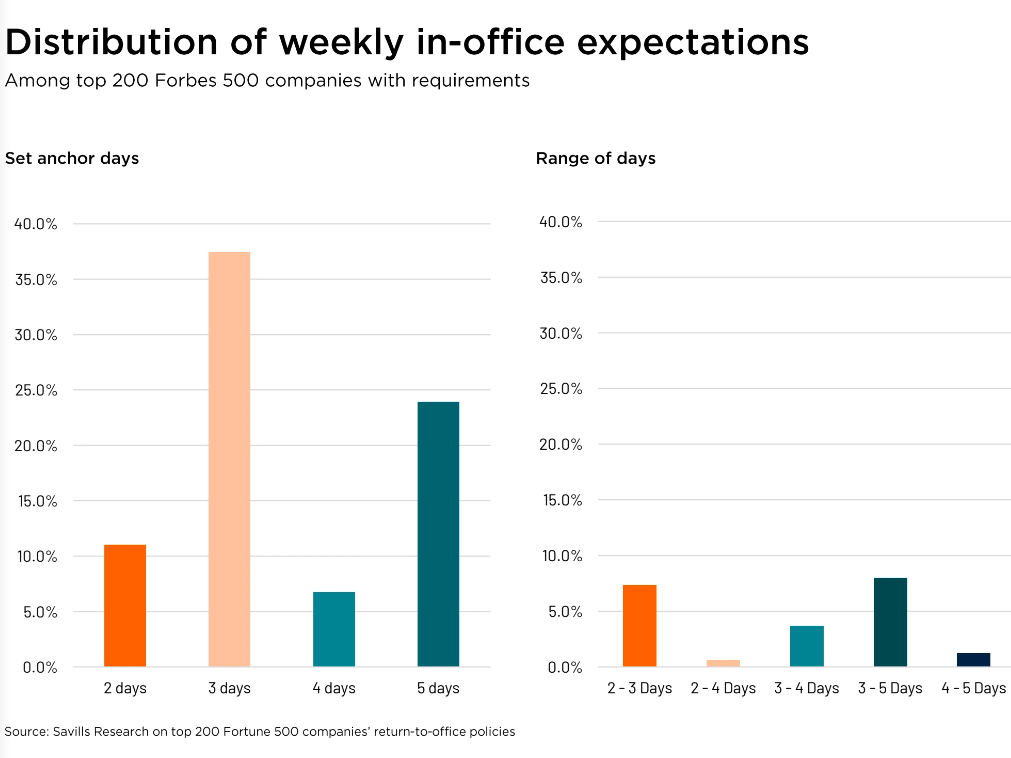Health-Care, MOBs and Life Sciences: Insights from CA Ventures’ New Division Leader
Russell Brenner on what’s behind the company’s new vertical and what’s ahead for the health-care sector.

Russell Brenner, President of Medical Office and Life Sciences Division, CA Ventures. Image courtesy of CA Ventures.
At the beginning of the year, CA Ventures launched its medical office and life sciences division, a long-awaited addition to the firm’s senior housing vertical. The decision to dive deeper into health-care real estate came as a result of increased demand for medical offices and services as well as lab space across the country. The trend is not expected to change after the economy bounces back following the coronavirus crisis.
The company tapped Russell Brenner, an industry expert with 24 years of experience, to grow the platform into a $500 million annual business focused on development and value-add acquisitions. After an anticipated pause in investment and development, Brenner expects activity to resume at a faster pace, as the health-care sector abounds in high-quality opportunities.
READ ALSO: Medical Office Buildings Poised for Quick Recovery
Seniors are expected to outnumber the younger population in about two decades, according to the U.S. Census Bureau. How will this impact the medical office/life sciences sector?
Brenner: Obviously, the rapidly growing senior population is the engine fueling our market. It is real. For every one physician visit a Millennial requires, the average Baby Boomer requires approximately six. We expect this dynamic to drive the need for new space for at least the next two decades. We also expect this dynamic to fuel a continued emphasis on the life sciences market to produce new prevention and treatment solutions to increase health and quality of life.
 Retailers such as Walgreens, Walmart and even Amazon have been taking steps toward diversifying their presence in the health-care industry. How do you think this will affect the sector and other players?
Retailers such as Walgreens, Walmart and even Amazon have been taking steps toward diversifying their presence in the health-care industry. How do you think this will affect the sector and other players?
Brenner: By adding urgent care clinics within their real estate, retailers such as Walgreens are already relieving the burden on overstressed primary care and ER providers. We expect this trend to continue. With urgent and primary care providers viewed as the “gatekeepers” for hospital systems—they bring the patient in for routine care and refer to the hospital for more acute care needs—we expect the retailers to continue to align with large health system providers. This does not, however, change the growing demand for hospital-sponsored, multi-specialty outpatient facilities, which we continue to see as a significant opportunity for us.
What are your predictions for MOB investment activity this year?
Brenner: Given the national pause, MOB activity will very likely be down this year, but to what extent, remains to be seen. However, this pause in 2020 will only lead to pent-up demand upon the reopening of markets.
What impact do you expect the COVID-19 pandemic will have on the medical sector?
Brenner: COVID-19 is illuminating the need for even more clinical space. Coming out of the pandemic, we expect development activity to increase but with a greater emphasis on flexibility in space programming to allow health-care real estate to be repurposed quickly, if necessary.
READ ALSO: Coronavirus Underscores Demand for Life Sciences Space
CA Ventures recently launched its MOB and life sciences division. Tell us more about this decision.
Brenner: U.S. health-care spending is roughly $3.6 trillion and growing—and that’s before the coronavirus pandemic illuminated the dearth of medical space from which to provide critical care. Given CA’s success with Anthology, its senior housing vertical, the firm had been evaluating optimal ways by which to broaden its investment exposure to health-care real estate for its institutional clients.
Usually, where there is demand for senior housing, there is also demand for health-care facilities, so the two verticals are synergistic. Many Anthology communities already have on-site physician offices, so CA has experience developing and operating health-care real estate that serves this older demographic.
I previously spent eight years focusing exclusively on health-care investment and operations and was interested in building a new business that would allow me to leverage my experience and capital relationships. Last year, I reconnected with Tom Scott, founder & CEO of CA Ventures, and developed a business plan where my experience and CA’s resources and institutional relationships would result in the creation of a new vertical. That led to the formal launch of the CA Medical Office and Life Sciences business earlier this year.
What are CA Ventures’ new MOB and life sciences division’s goals in 2020?
Brenner: On the MOB side, our plan entails the acquisition of existing value-add and core-plus assets as well as new development on a build-to-suit basis for leading health-care providers. We are already working closely with Anthology to evaluate strategic co-development and co-location opportunities—that is, assisted living, memory care and wellness, and medical office space either in a single development or in proximity to each other.
With regard to our life sciences practice, our plan entails collaborating with CA’s student living vertical to expand its menu of services for university partners. Increasingly, universities are seeking mixed-use “innovation centers” where their students and faculty can live, learn, work and socialize in one place.
Our goal for this year is to continue to build our team and pipeline—we are in this for the long haul. Once stabilized, we expect CA’s Medical Office and Life Sciences to be a $500 million annual business.
What are the markets your company is considering this year for health-care and life sciences investment?
Brenner: We are initially targeting 15 strategic markets, primarily in the Southeast, Southwest, Midwest and Mid-Atlantic regions. Additionally, we plan to target on-campus and campus-adjacent opportunities within the existing CA student portfolio markets.







You must be logged in to post a comment.